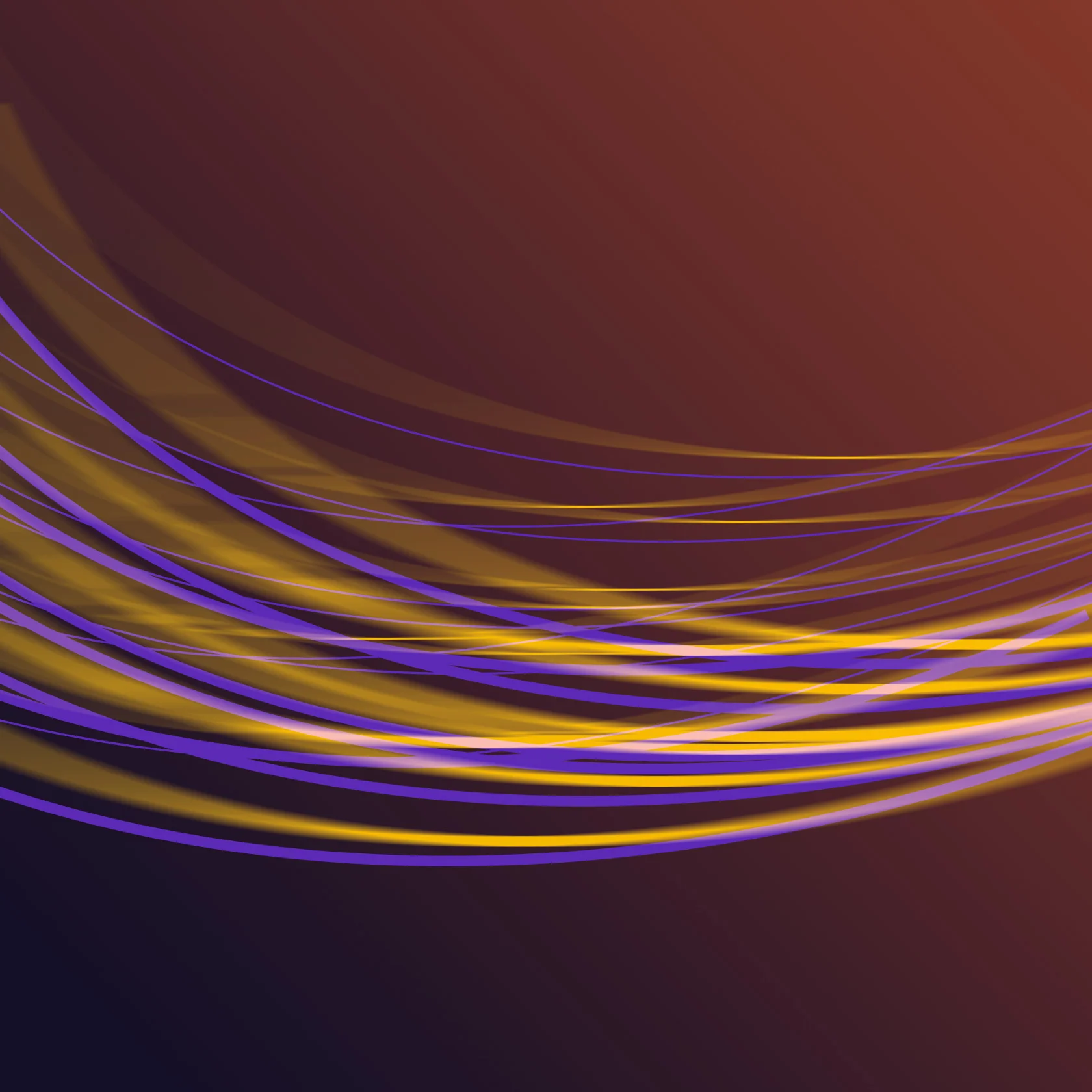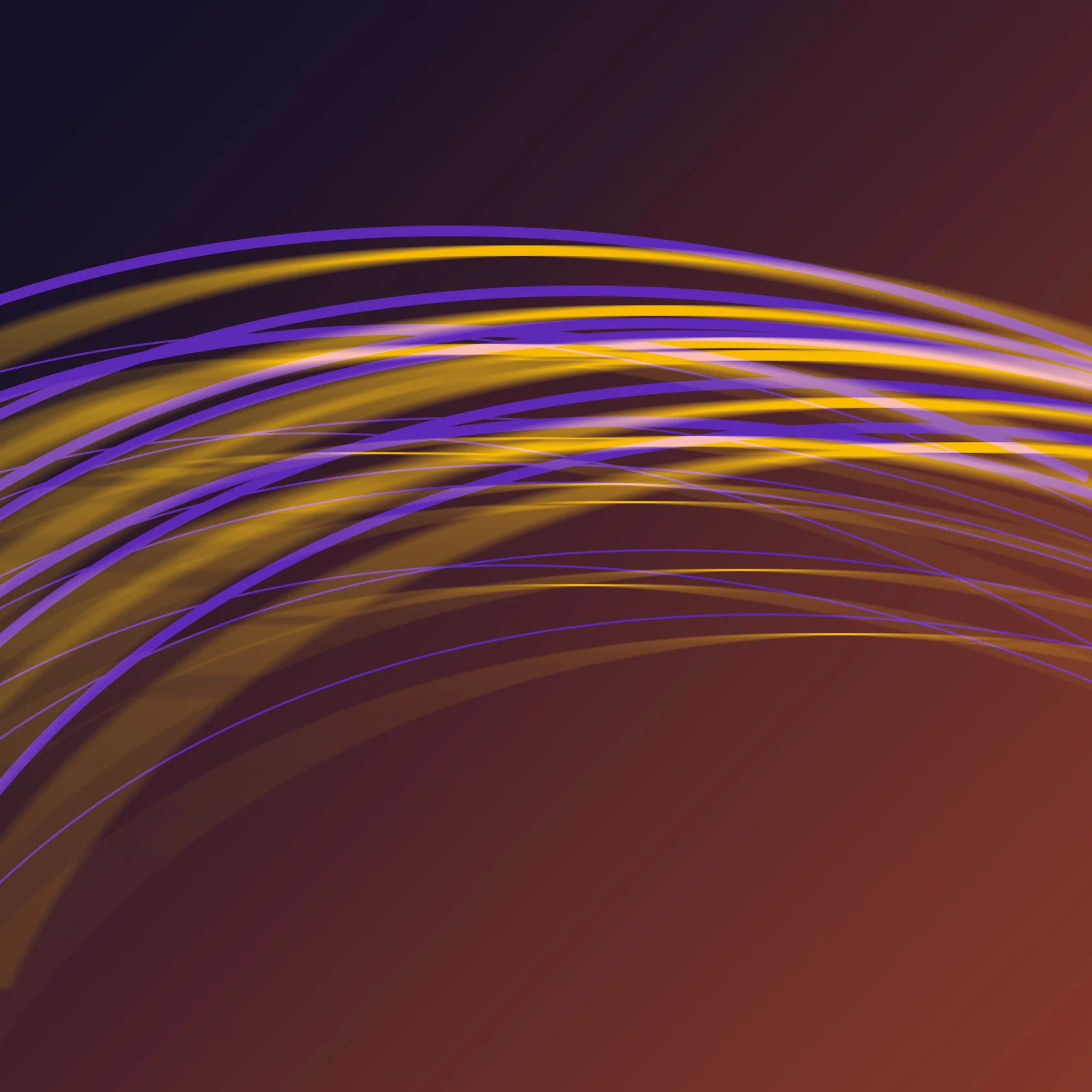






Currently used technology to produce optic fibre
Currently used technology to produce optic fibre
Current manufacturing methods rely on batch production of preforms trough internal or external chemical vapor deposition (CVD or MCVD) where gas phase precursors are thermally decomposed to produce particles (soot) which are deposited on the preform surface and heated to remove voids and impurities.
The layered preform is then drawn into a fiber. Such methods are used to produce high quality optical fiber, however, deposition rates remain low and cost is high. Moreover, fiber length is limited by the discontinuous nature of the production process. The inherent variability of batch process and the ever present “end” effects requires the drawn fiber from ends of the preform to be discarded and sections of cable to be joined to achieve the sufficient lengths required by many applications. This leads to complex couplings associated with losses and disruptions in the light signal. Moreover, the methods produce a coating composed of nucleated particles having a wide distribution of size and morphology, which can also further reduce the light transmission efficiency.
Current manufacturing method

Our technology
Our technology
Our technology revolutionizes optical fibre production by synthesizing super-micron sized nano-structured particles which are efficiently deposited at high throughput by inertial impaction.
Using this method, both the fiber substrate and a multi-layered preform can be continuously produced. The layered preform is constructed from multicomponent particles deposited from one or more aerosol streams wherein the individual particles have the ratio of components as desired in the preform layer. The aerosol particles have a sub-particle structure having dimensions smaller than the wavelength of light (which, in previous methods, required ultra fine deposition particles) byt are large enough to be deposited by highly efficient aerosol deposition methods such as atmospheric pressure inertial impaction (which, in current methods would require ultra high vacuum or hypersonic deposition speeds). Particles are deposited on the preform substrate via one or more specialized deposition units.
Multiple deposition units are operated simultaneously or in series. For batch production a preform substrate is used. For continuous production, a preform substrate can be produced by extrusion and, as the preform substrate is synthesized, it can be simultaneously fed into a drawing furnace for continuous fiber production.
Continuous Fiber Production
The particle synthesis process has been demonstrated in the lab with silica together with model materials other than traditional optical fiber doping materials. The deposition process has been simulated and demonstrated for other materials and substrates. The short term development focus is to demonstrate particle synthesis with traditional silica doping materials and to build a test deposition unit for deposition on silica substrates.
Current Method: MCVD gas-to-particle process produces dendritic agglomerated particles – requires post sintering
Particle Stream: droplet-to-particle process produces dense nanostructured particles – eliminates post sintering

Benefits
Benefits
- Excellent control over deposition particle size (narrow unimodal distribution vs. current wide (multi-modal) size distribution)
- Excellent control over particle morphology & composition on nano scale (no segregation of dopants w.r.t. to particle size & no dendridic aggregates)
- Non-volatile / clean precursors (increase mass flux of matrix and dopants)
- High deposition efficiency (no diffusion limitation)
- Simultaneous layer deposition (multi-stage co-deposition possible)
- High deposition rate and short deposition time (see above)
- Short sintering time (initial deposition layer is already dense)
- Flexible doping (No practical limitation on number & concentration of dopants)
- Continuous or batch (current processes only batch)
- Directly scalable (current limited by precursor feed, deposition, sintering)
- Reduces process restart quality/contamination/consistency issues
- Eliminates contamination/defects in current overcladding problems
- Eliminates introduction of water in process
- Protected (Patent accepted covering deposition particle synthesis, high efficiency deposition, continuous and/or batch operation)

Development agenda & needs
Development agenda & needs
Build new laboratory with research partners to produce experimental optical fiber preform*
Run commercial R&D project with development partners
Finalize Licensing agreement with industrial partners
* Demo nano-structured deposition particles have been produced and deposition has been simulated.

Team
Team
Dr. David Brown, a former senior research scientist and group leader at the Helsinki University of Technology and the Finnish National Research Center (VTT), a Fulbright fellow in Physics at Tartu University and a science and engineering consultant to companies and research institutes worldwide. He has a PhD in Environmental Engineering and an MSc in Aerospace Engineering and Engineering Mechanics from the U. of Cincinnati and a B.S. in Aerospace Engineering from the U. of Michigan.
He has lived and worked in the US, Japan and now Finland. He has more than 100 patents and has twice been nominated for European Inventor of the Year. He has been the founder and CEO of Canatu (carbon nanomaterials to build flexible electronics device), Teicos Pharma (revolutionary pharma molecules encapsulation process through nanotechnology dedicated to inhalable pharmaceuticals), Streamwise (consultancy firm, problem solving for industrial gas and liquid processes) and BroadBit Batteries (high energy and power density sodium based batteries).
David has provided his services to design, modelling, optimize and scale industrial production and control process to industry-leading companies such as Honda, General Motors (droplet combustion), DuPont, Daikin (air purification), and Kemira, on a project-to-project basis.
Jacques Morisot is a serial entrepreneur, with a 15 years background on financial markets for a leading French bank. He has now his own consultancy firm.

Patents
Patents
Patents for the invention applied in Europe, USA, Canada
- CA2694173 Method and apparatus for continuous or batch optical fiber preform and optical fiber production
- EP2158169 Method and apparatus for continuous or batch optical fiber preform and optical fiber production
- US20070240454 Method and apparatus for continuous or batch optical fiber preform and optical fiber production
- WO2008094228 Method and apparatus for continuous or batch optical fiber preform and optical fiber production
Contact us
Contact us
Dr. David Brown
david.brown@almakor.com
+358 50344 4204
Jacques Morisot
jacques.morisot@almakor.com
+358 444 22 1208












